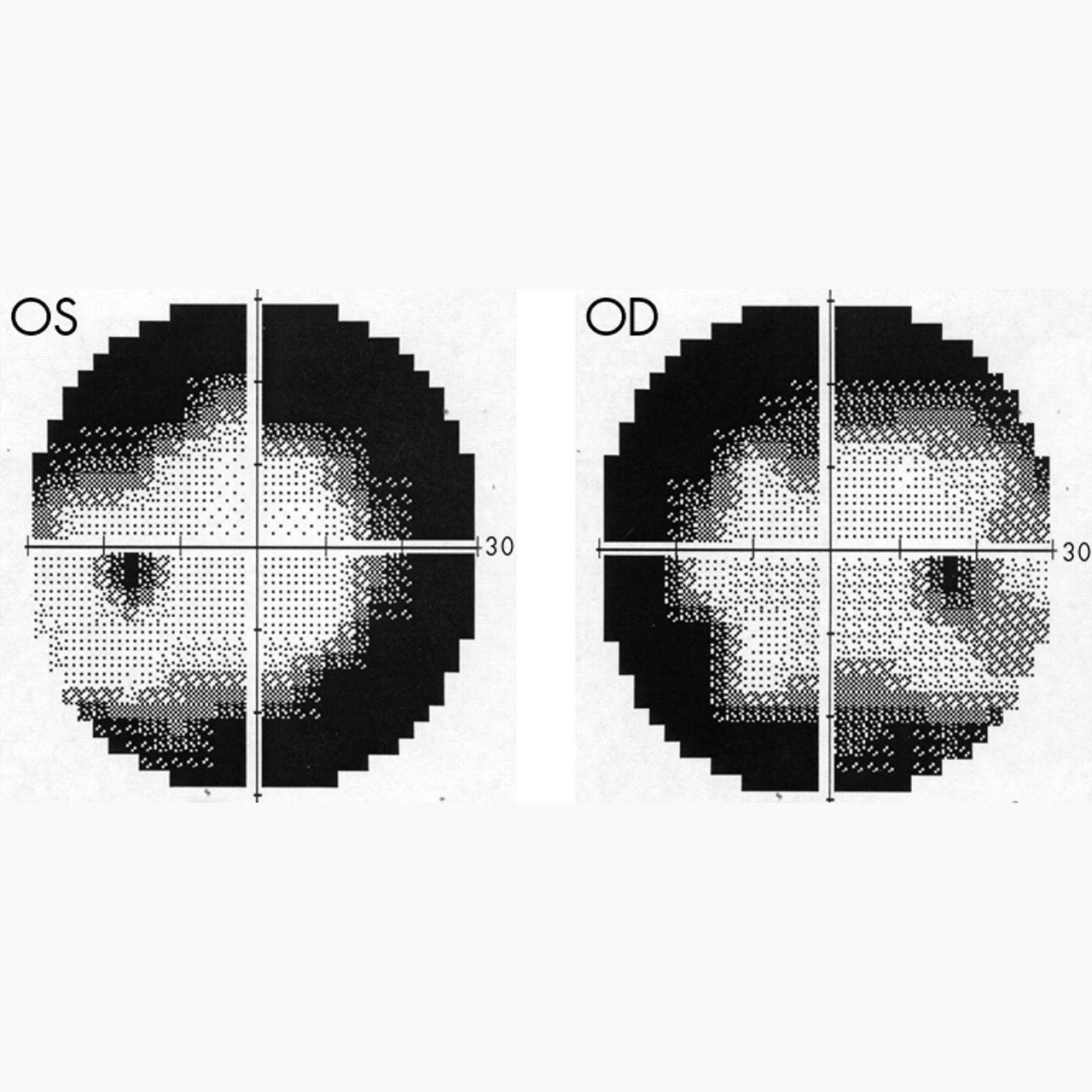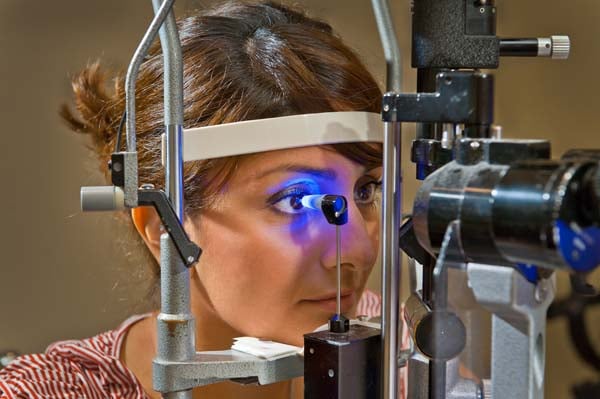
Glaucoma - The Sneak Thief of Sight
Imagine an eye disease that causes no symptoms, permits people to have 20/20 vision, and has nothing to do with whether you wear eyeglasses or not.
And it can make you go blind.
That's glaucoma. And that's why is it often referred to as the "sneak thief of sight."
Because it causes a slow and imperceptible loss of the side vision. And sadly, what often brings people with glaucoma to the eye doctor is when they've lost 60%, 70%, and even 80% of their vision, and figured the difficulty they've been having is that they merely need a new pair of glasses.

By then it's too late.
Glaucoma eats away at the side vision, little by little. And it doesn't cause any black or dark areas that you would notice. No, instead, the vision seems fine, you just have to turn your neck a little more to see a car approaching from your left side, because your peripheral vision is reduced. The effect can be like looking through a keyhole and not being able to see the sides of the room.
There are many types of "glaucoma," but they all share these two facts:
- There is damage to the optic nerve, which is in the back of the eye and provides visual information to the brain, and
- There is vision loss - first from the side, but late in the disease, it can affect straight ahead gaze as well.
How do you know if you have glaucoma? There is only one way:
See your eye doctor - ophthalmologist (M.D.) or optometrist (O.D.) - for regular eye exams. If you're over the age of 35, you should see your eye doctor no less frequently than every two years, and some experts recommend every year. This is because the likelihood of developing glaucoma worsens with each year you get older.
Paul Krawitz, M.D.
Dr. Paul Krawitz is a board-certified ophthalmic surgeon and university clinical professor of ophthalmology. He serves as President and CEO of Shop VisiVite and is a physician partner at OCLI, a world-renowned ophthalmologic practice on Long Island, New York.



![Download [FREE Book Today]](https://no-cache.hubspot.com/cta/default/5009299/d9a95b1e-cc91-49c0-9d4d-0080f765610f.png)

Comments